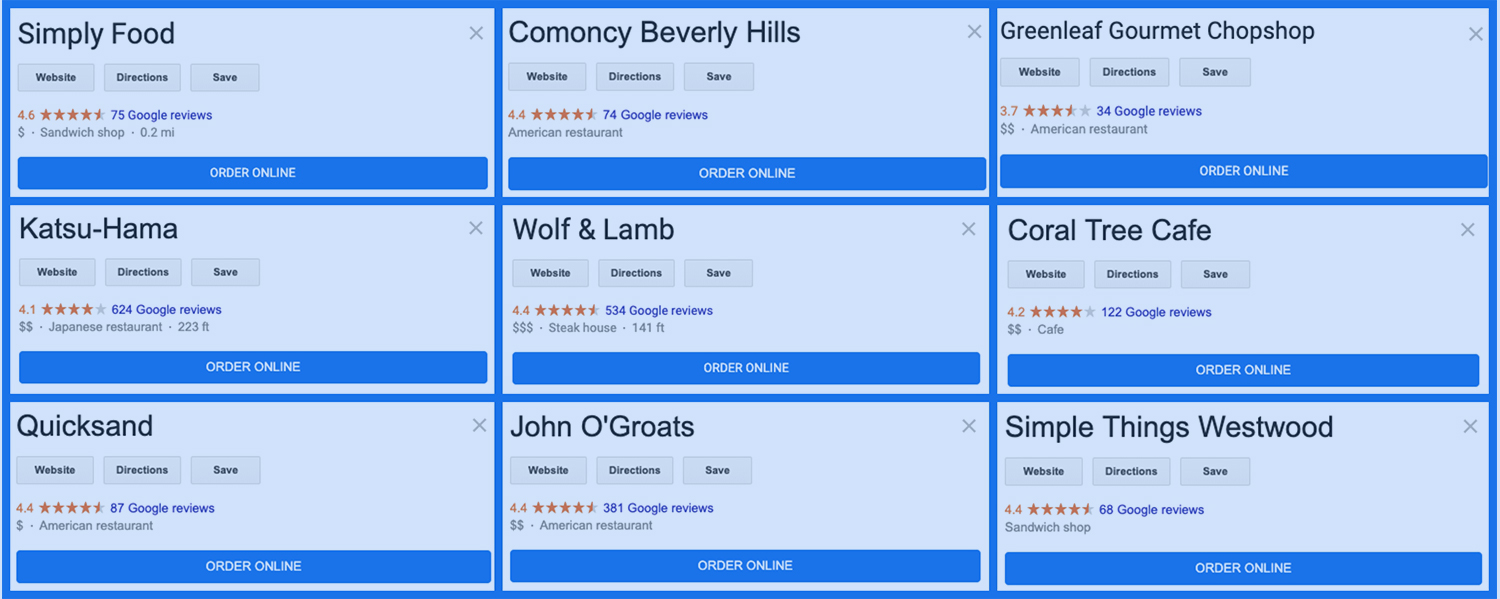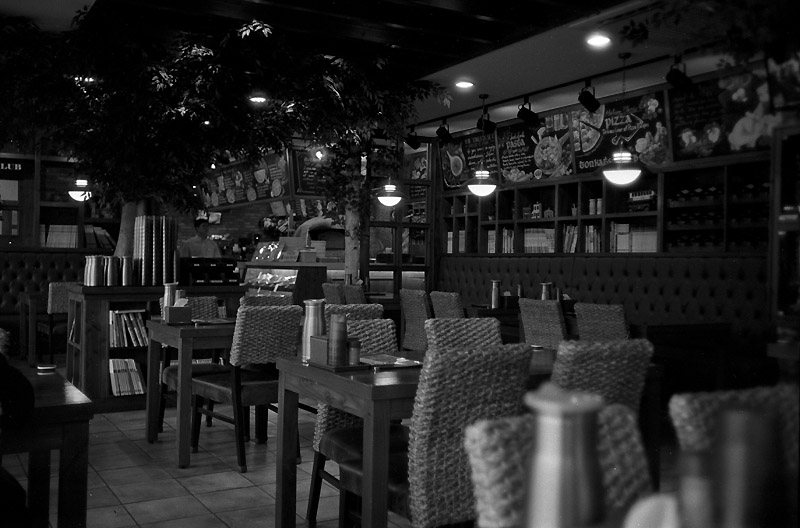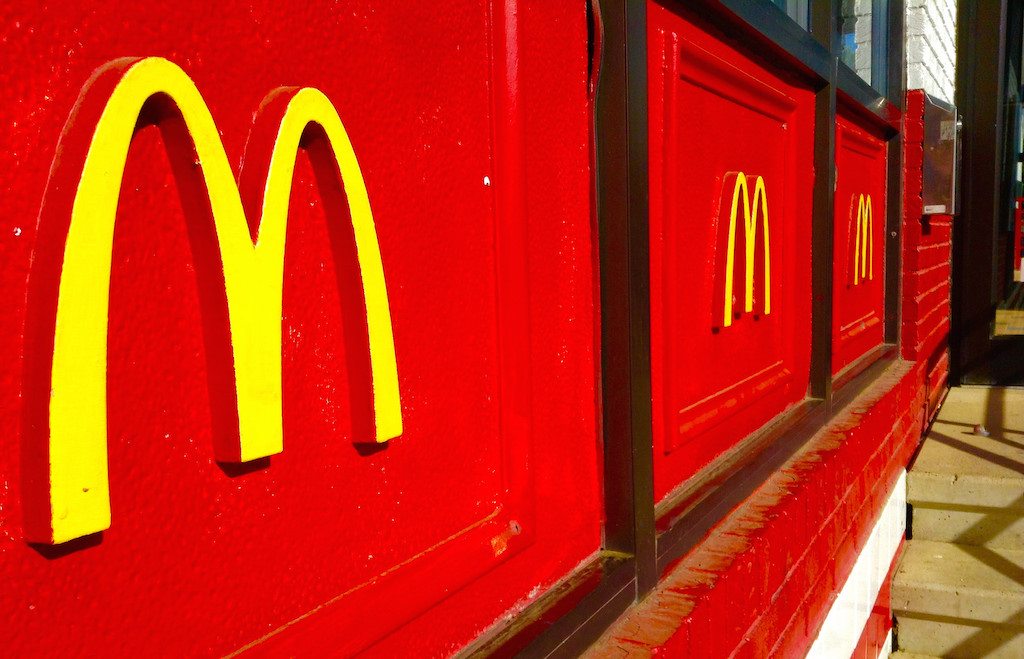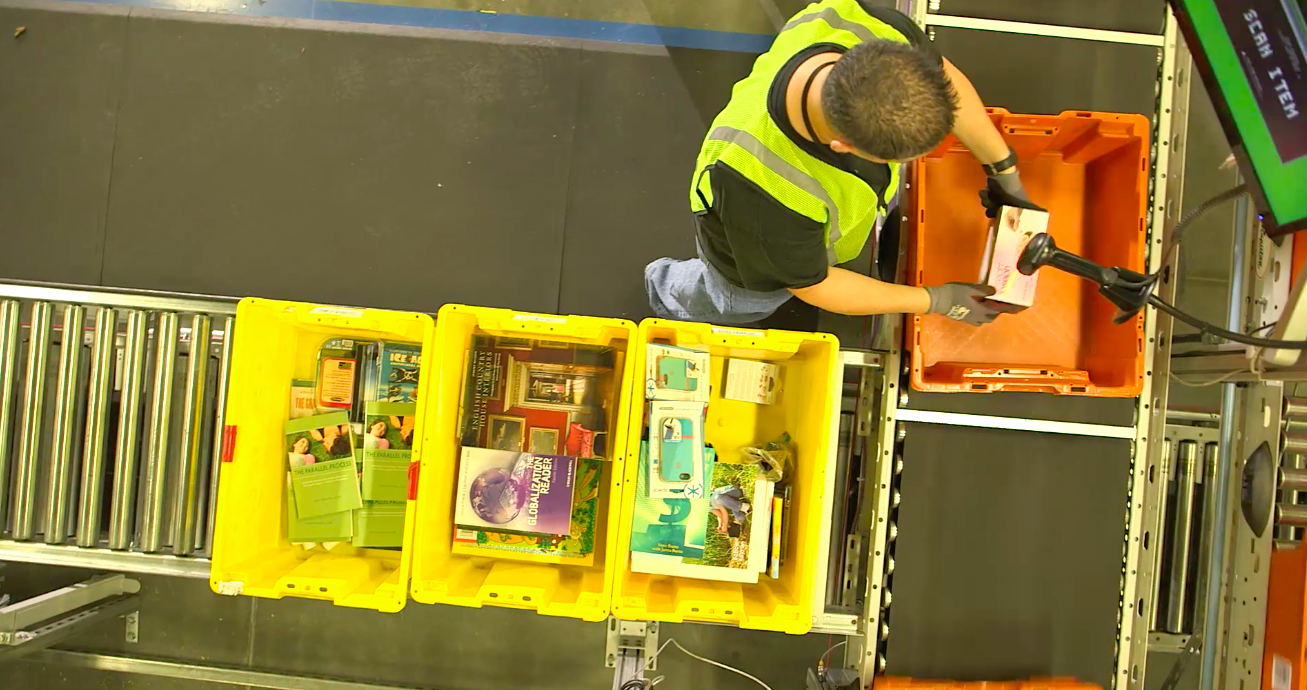
Earlier this summer, Google introduced a prominent blue “Order Online” button on Search and Maps results for many restaurants. The button allows users to order delivery in just a few motions: Click the button, select your meal from a menu on the next screen, and receive your food in half an hour or so. You never have to visit the restaurant’s website or download a delivery app. The function even works with the company’s voice-operated Google Assistant.
There’s just one problem: To launch this service, Google has partnered with major delivery companies like DoorDash, Postmates, and ChowNow. That means the big blue button bypasses restaurants’ own online ordering systems, automatically generating a hefty commission for Google’s business partners. In some cases, the button links to delivery platforms that don’t even have a contract with the restaurant. It’s easy to see why this might feel unfair: Restaurant owners are the ones who make the food and pay the rent. Why should DoorDash or Postmates get a commission for sliding into a restaurant’s Google listing?
 Google
Google Left: typical Google business card featuring an “Order Online” button. Right: Delivery and pickup options that appear when the button is clicked.
For Annie Miler, the owner of well-reviewed lunch spot Clementine in Los Angeles, the new function came as a shock. “At first I was like, oh, cool, a big order button,” she said when I reached her while she shopped for back-to-school supplies with her kids. She assumed it would link to Clementine’s in-house ordering system. “But then when I clicked on it, I kind of flipped out because it’s linked to a very generic-looking page … that said ‘order from Postmates,’” she added. Postmates takes a 10-percent marketing commission for every pickup order at her restaurant, and 30 percent when it facilitates delivery. The button was misleading—it made it appear like Postmates was the only delivery option, so every click routed profit away from Miler’s restaurant.
Realizing the button would eat into her bottom line by tossing commissions to Postmates, Miler tried to get it removed. She uses a Google-owned service called Google My Business to edit the card that appears in Google Maps and on the right-hand side of the screen in Google searches. (You’d recognize this card—it displays a few pictures, the restaurant’s starred user rating, and its address, phone number, and operating hours.) But when Miler called Google My Business to ask them to remove the button, she was directed to call Postmates instead. Miler does have a contract with Postmates; she sees it as a marketing spend to attract new customers. But despite her working arrangement with Postmates, this had never been mentioned as part of the deal. And in some cases, Google’s button links to DoorDash, which does not have a relationship with every restaurant on its platform.
Eventually, Miler got a clearer response from Postmates. “Unfortunately, we have no direct control,” a spokesperson wrote. “If you would like more direct control over your Google knowledge panel I recommend going to this link Google Claim Your Business. Furthermore, you would have to delete your menu off of your business page for this to take effect.”
A Google spokesperson tells The New Food Economy via email that, “Restaurant owners can reach out to Google My Business support channels at any time to modify their listing,” including removing the button. However, Miler’s attempts to get it removed have been unsuccessful. We’ve spoken to others in the restaurant industry who had the same experience.
When Google’s “Order Online” buttons appeared on Maps and Search listings in May, the press largely covered the change as a boon to small restaurants, quoting consultants who claimed the button would bring in new business. In reality, restaurant owners say they were caught off guard. The change has confused customers and privileged the large delivery platforms. The outcome, they say, is worse for both the restaurant and the eater.
~
Not all delivery platforms are created equal in the eyes of a restaurant owner. Some, like ChowNow, charge a single flat fee per month. Others, like Postmates and DoorDash, charge some combination of a flat delivery fee to the eater and a marketing commission to the restaurant based on a set percentage of each order. Many restaurant owners, including Miler, set up their own online ordering systems, which are generally cheaper and more bare-bones than the glitzy delivery apps.
So why was it so hard to make the button go away? Miler obtained a document from ChowNow that sheds some light on the relationship between Google and its delivery platform partners. According to the document—which is essentially an FAQ for restaurant owners—restaurants are charged a 10 percent commission for every order placed through Google. A Google representative wrote in an email that it does not receive any commission.
ChowNow makes it pretty easy for restaurant owners to understand the implications of Google’s new button. It offers a “Profit Protector” program that essentially inflates menu prices to make up for the price of the commission. It also assures owners that they can opt out of ChowNow’s Google services anytime by contacting the platform’s support staff.
But opting out of ChowNow’s services doesn’t remove the blue button entirely. It might still display offers from other platforms like Postmates and DoorDash. And unlike ChowNow, the other platforms don’t appear to offer options to uncouple their services with Google. (Postmates and DoorDash did not respond to requests for comment by press time.)
A restaurant consultant in Los Angeles who works with between 45 and 60 restaurants has attempted to get the button removed on behalf of a handful of clients. She didn’t want to use her name in this story because she does not have permission to share her clients’ names. But the consultant says she’s called Google several times and has been redirected to the delivery platforms every time.
The consultant explained that this practice is confusing for customers: A restaurant that previously offered free delivery would suddenly appear, via Google’s “Order Online” button, to be charging $6 for delivery with DoorDash. Even though nothing has changed at the actual restaurant—the free delivery option is still available if the customer accesses the menu through the restaurant’s own website—a customer might reasonably assume the Google button was presenting all delivery options. The customer would realize this wasn’t the case if they investigated further, but food delivery is often a convenience game: An unexpected $6 delivery charge can make the difference between ordering in and subsisting on tortilla chips.
Miler says the button itself isn’t the only problem with the new ordering system. She also has no way of making sure the menu that appears on Google is up to date. And there are other, subtler, impacts. “It’s not just about my bottom line. It’s about the fact that we’re going to move toward a very generic experience,” she says. “[Google and delivery platforms] want a smooth user experience and they want you to be able to move through the world without having to have a slow-loading website, but by making everything float through and look the same, it’s depriving people of flavor.”










